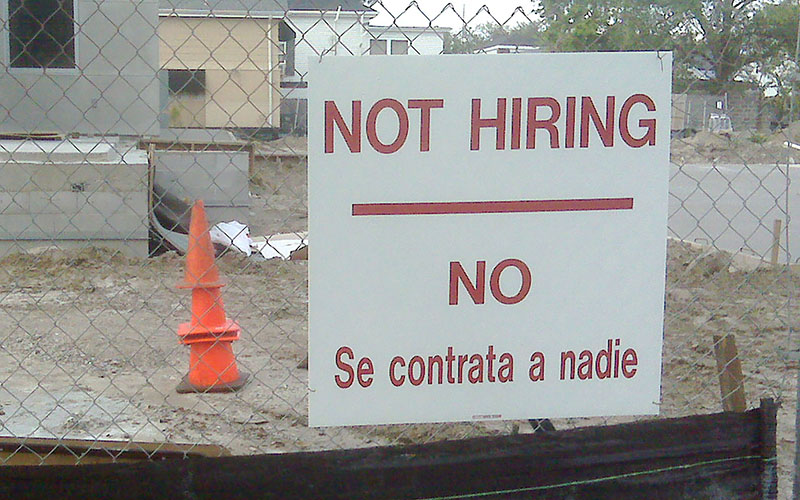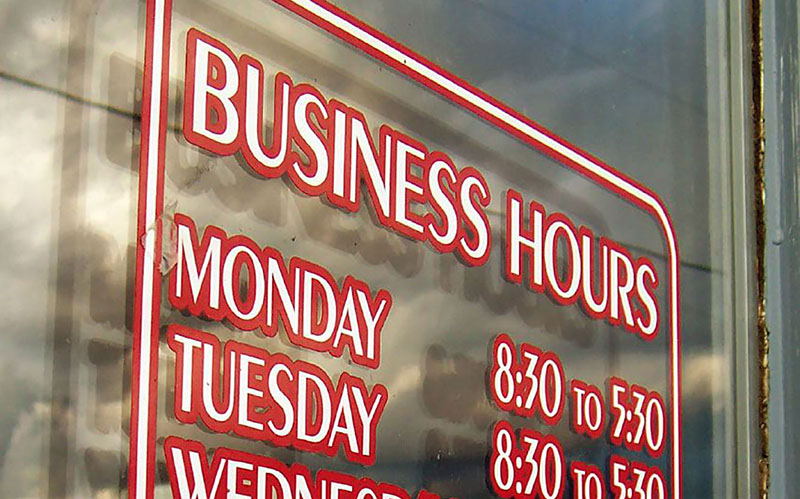
The first payments to taxpayers under the federal government’s massive coronavirus relief bill should start showing up in Arizonans’ bank accounts this week, in the form of larget unemployment checks and a direct payment of up to $1,200 per person. (Photo by 401(K) 2012/Creative Commons)
TEMPE – Thousands of dollars started arriving in Arizonans’ bank accounts this week as the first payments from the massive coronavirus relief package began to be distributed in the form of expanded unemployment benefits and direct stimulus payments.
The Treasury said Economic Impact Payments started to be disbursed this week, with the majority of Americans expected to get theirs within the next two weeks. Those payments are worth about $1,200 each to most Americans, with an additional $500 for each dependent child.
Unemployed workers, meanwhile, started seeing an extra $600 in their benefits this week, according to the Arizona Department Economic Security.
The payments are part of the $2 trillion CARES Act, which includes more than $600 billion for the stimulus and jobless payments nationally.
Arizona-specific numbers were not immediately available, but one economist said “we’re going to be flooded with federal money here in the state of Arizona,” where an estimated 80% of residents will get a payment from the federal government.
Even though substantial amounts of money will be pumped into the state, however, economists and business officials agreed that more will likely be needed to see the state through the current crisis and set it up to emerge on the other side.
“The American people are going to need more,” said Heidi Shierholz, senior economist at the Economic Policy Institute and former chief economist at the Labor Department.
Help is needed for state and local governments, too, which has seen tax revenues plummet due to spending cuts and job losses. More than 16 million Americans filed for unemployment in the last four weeks, along with a quarter-million Arizonans, numbers that broke state and national records three weeks in a row.
“If they don’t get more aid, they’re going to have to drastically cut spending in many, many different places,” Shierholz said of state governments. “So we need to get out substantial additional aid to the states to make sure that doesn’t happen, that would massively delay the recovery.”
Arizona Chamber of Commerce spokesman Garrick Taylor said that when it comes to unemployment benefits, “we should be throwing the kitchen sink at the need to get cash assistance into the pockets of hard-working Americans,” even if Congress has to revisit the issue later this year.
But he thinks Arizona, with $1 billion in its “rainy day” fund, appears to be in a better position than most states to recover from an economic crisis. That was echoed by Dennis Hoffman, professor of economics at the W.P. Carey School of Business.
“Fortunately, we hit this particular downturn with $1 billion in the state’s rainy day fund and approximately $1 billion expected to carry forward for 2020 for this fiscal year,” Hoffman said, even though much of those funds have now vanished.
Hoffman said this is “unlike any prior downturn,” but the good news is that the government has responded swiftly. But the long-term impact is still unclear. He thinks the coronavirus will leave a “permanent imprint” on people that could make them uncomfortable going to conferences, luncheons or sporting events – a large part of Arizona’s economy.
“We have been evolving into an economy that was increasingly dependent upon a specialty of a millennial generation, a preference to travel and kind of to do spontaneous traveling,” Hoffman said.
Elliott Pollack, CEO of Elliot D. Pollack and Co., thinks there will eventually be demand for those types of services once the economy begins to rebound – particularly for people with jobs who will still get stimulus checks and will be looking to do things they could not do while isolating, like go to a restaurant.
Pollack predicts the problem will not be a lack of demand but a lack of supply, estimating that 20% to 30% of small businesses will not reopen because “it’s just too late.”
“Every day that money is not getting to individuals is a day longer that they are having financial difficulties so getting them money is a big deal,” Pollack said.
Garrett Watson, a senior policy analyst at the Tax Foundation, said that approximately 80 million people have received a stimulus payment so far, with more to come. But there have been challenges.
“The big limitation for the IRS right now is they can only process about 5 million checks a week,” Watson said. That should change as people use an IRS web portal to provide direct deposit information and cut down on the number of checks that have to be cut.
Watson said the IRS is prioritizing low-income individuals first, but “the wait shouldn’t be too long, regardless of income levels,” for people who use direct deposit.
Romina Boccia, an economist at the Heritage Foundation, said there have been other challenges besides a lack of direct deposit information for some recipients. The CARES Act includes unemployment benefits for people who would not otherwise qualify in some states, forcing a change in state systems, she said.
“This is an even bigger difficulty for many states to provide unemployment insurance benefits to populations that were previously ineligible,” Boccia said. “Many states are prioritizing getting payments to those populations that would be eligible regardless of the CARES Act.”
Despite the fast federal response and the influx of money, Pollack said it will likely still take some time for a full recovery.
“I think it’s going to be awhile until people rush to go to places with crowds, whether it’s crowded restaurants or a sporting event,” he said. “I think that people are going to be reluctant to go near crowds for a while now … so it’s going to be a somewhat different world.”


